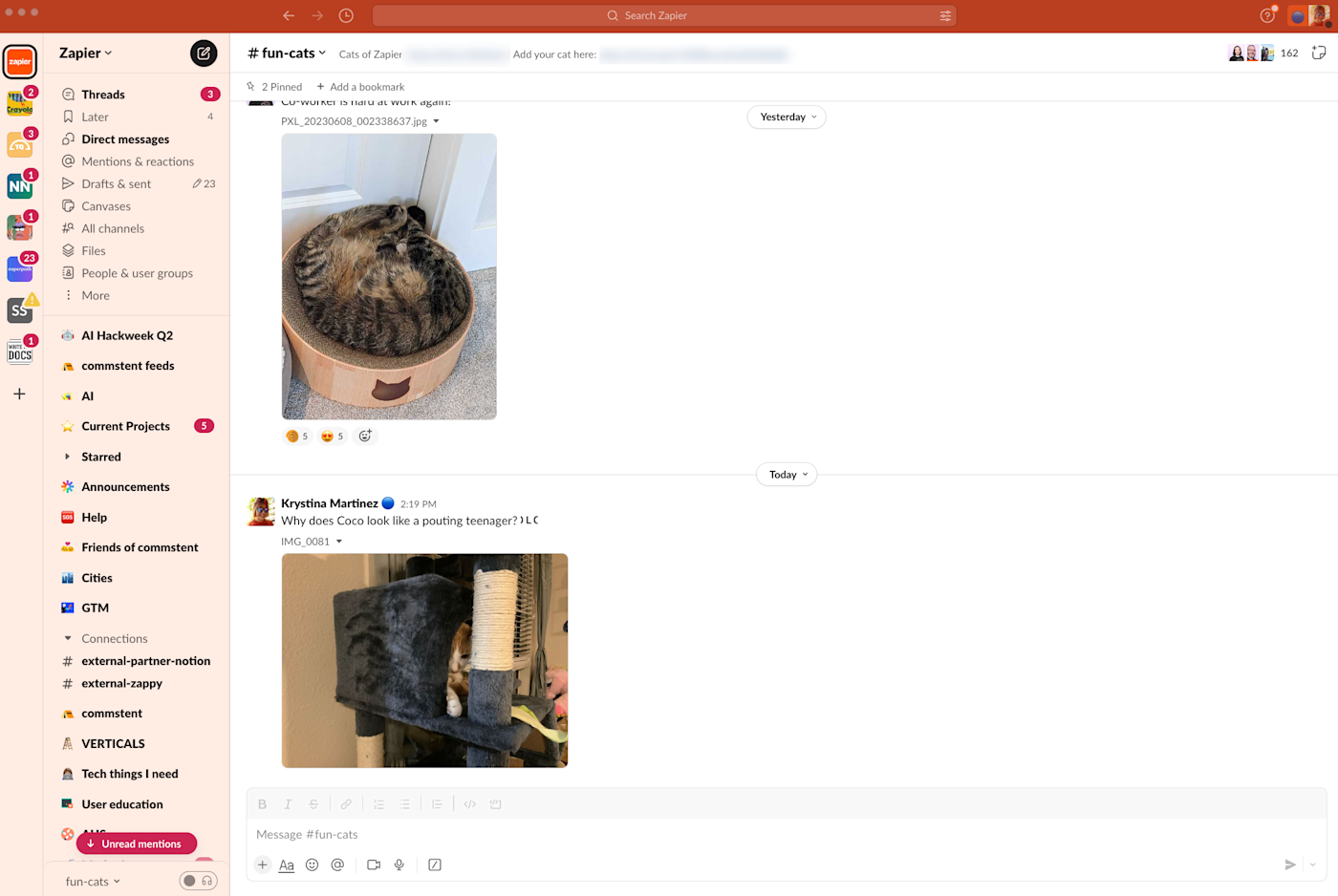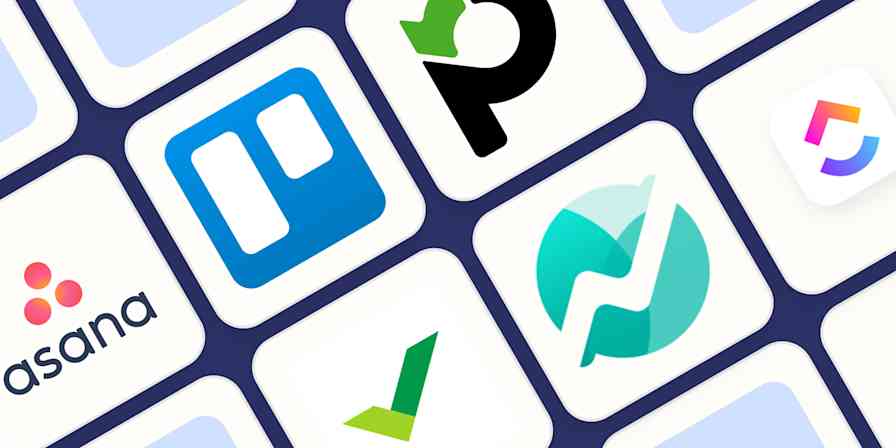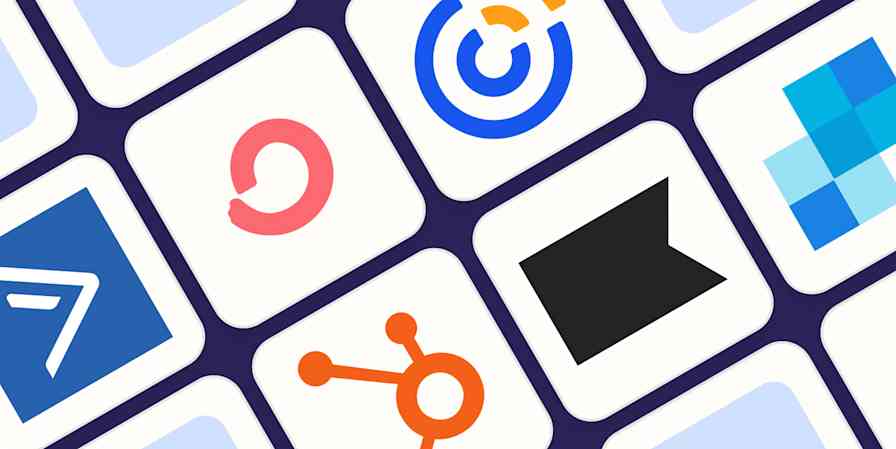Team chat apps aren't just tools—they're the modern office. That's obviously true for remote teams, but the appeal goes well beyond that. Companies that have a shared physical workspace increasingly depend on workplace chat to get things done.
Part of this is about efficiency. But business chat apps also mean that everyone can decide to participate in, or at least see, relevant conversations, while crucially also allowing people to ignore messages that aren't relevant to them. Slack is an excellent go-to choice, but there are plenty of Slack alternatives to choose from.
We reviewed and tested dozens of team communication apps, and here we'll present our picks for the best team chat apps currently on the market.
The 5 best team chat apps for the workplace
Slack for a chat-powered workplace
Microsoft Teams for large organizations broken down into teams
Google Chat for Google Workspace users
Discord for always-on voice chat
Element for self-hosted team chat
What makes a great workplace chat app?
How we evaluate and test apps
Our best apps roundups are written by humans who've spent much of their careers using, testing, and writing about software. Unless explicitly stated, we spend dozens of hours researching and testing apps, using each app as it's intended to be used and evaluating it against the criteria we set for the category. We're never paid for placement in our articles from any app or for links to any site—we value the trust readers put in us to offer authentic evaluations of the categories and apps we review. For more details on our process, read the full rundown of how we select apps to feature on the Zapier blog.
I've been reviewing and writing about software since 2009, working remotely the entire time, so I'm extremely familiar with the ins and outs of team communication software.
Communication is tied to culture, and every company is different—this is why there are so many work chat apps on the market. I think a few features are universally necessary, however, and kept them in mind while I was reviewing apps. The best workplace chat apps:
Organize conversations. Some messages need to be seen by your entire company, others need to happen at the team level, and not every team conversation needs to involve your entire team. The best work chat app organizes conversations in a way that enables this, allowing users to decide what they do and don't see. This means channels that team members can join, or not join, depending on what's relevant to them. Ideally conversations can be broken down even further than that, using threads or similar features to keep people from talking over each other. The ability to tag people and to pull them into conversations they otherwise might miss is also a must.
Offer universal search with filtering features. There is nothing more frustrating than having the same conversation multiple times, which is why search is essential. When it comes to work chat, your team should be able to quickly find past conversations for relevant information. Filtering features make this a lot easier.
Offer video and audio chat. Some conversations are smoother out loud. The best business chat apps offer voice and video communication, and also offer some way for users to share their screen for collaboration.
Are easy to navigate and control. Members need to be able to navigate the various conversations quickly. User interfaces need to be clear, without unnecessary clutter. There should be keyboard shortcuts on the desktop, gestures on mobile, and other ways to quickly move from channel to channel within the team messaging app.
Enable collaboration. You're here to work, and the ideal team communication app should make this easy with collaboration-specific features. Sharing a file should be as easy as clicking-and-dragging. Links should have embedded previews. And there should be integrations with other apps, to make getting work done easier.
I've been updating this list for several years, and this year, I reviewed and tested several dozen communication apps before selecting the ones on this list. I ruled out any that didn't meet the above criteria, then set up test accounts for the services that did. I invited friends and colleagues to join me for a conversation, testing how easy it was to add team members and learning from them what features they did and didn't find intuitive.
Then I shared a few files, tested the call quality, and explored any other features that weren't immediately obvious. After all of that, I concluded that the chat platforms below are the ones that offer the best balance of these five criteria. (Note that I focused exclusively on apps built for real-time communication and de-emphasized tools that focus mostly on project management.)
The best team chat apps for business at a glance
Best for | Stand-out feature | Pricing | |
|---|---|---|---|
Chat-powered workplace | Extensive features, streamlined design | Free for unlimited users, paid plans from $8.75/user/month | |
Large organizations broken down into teams | Tight integration with Microsoft ecosystem, best audio and video quality | Included with Microsoft 365, plans from $6/user/month | |
Google Workspace users | Tightly integrated with Google products, great search feature | Included with Google Workspace, plans from $7.20/user/month | |
Always-on voice chat | Excellent always-on audio, free with optional paid features | Free for basic features, $9.99/month Nitro plan | |
Self-hosted team chat | Fully encrypted messaging, install on own server | Free for personal use or self-hosted, paid plans from $5/user/month |
Best team chat app for a chat-powered workplace
Slack (Android, iOS, Windows, Mac, Linux, Web)

Slack pros:
Every feature you could imagine
Streamlined design that people love using
Slack cons
Expensive and not part of an existing software bundle
Slack launched in 2013 and quickly came to define the office chat space, in no small part because people loved using it. It's not hard to understand why—this is an application designed with the user in mind.
Every Slack team has a General channel intended for the entire company, but the bulk of day-to-day chatter happens in channels related to a specific team or project. Users decide which of these channels they want to be in, which means they can avoid being flooded by messages about projects unrelated to them. This sorting goes further: conversations in these channels can be broken down into threads, and users will only be notified of conversations in threads if they participate in the conversation or actively decide to subscribe to them. Team members can tag other users to pull them into channels or threads, which helps balance the need to reduce noise with the need to ensure important conversations are being seen.
Slack also makes it easy for users to find answers using search. You can easily filter by channel, user, date, and more. Collaboration is another key emphasis. Quickly share files by clicking-and-dragging them onto the app, or by linking to them. Most links will unfurl, meaning things like images and videos can be reviewed without leaving the app. Small features, like emoji reactions, make it easy to meaningfully respond to messages in just a couple clicks. Video and audio calls can be started with a single click, and there are even "huddles" people can drop in and out of, without any ringing, for more informal conversations and co-working. Slack also offers thousands of integrations with other apps. All of these small touches might sound overwhelming, but a clever design (alongside friendly text in every corner of the app) means that Slack rarely feels confusing or overwhelming.
Slack's biggest downside might be its price—particularly given that it doesn't come as part of a broader software bundle. For teams that are serious about workplace chat, however, Slack offers more than enough value to be worthwhile.
You can do more with Slack when you connect it to your favorite apps through Zapier. You can create automated workflows that let you know when a calendar event is about to start, add saved Slack messages to your to-do list automatically, and more. Learn more about how to automate Slack, or try one of these pre-built workflows.
Slack pricing: Free for unlimited users, 1-on-1 calls within your team, and 10k message history; paid plans from $8.75/user/month (when paid monthly) for unlimited history, screen sharing, huddles, and team video calls.
Best team chat app for large businesses and organizations broken down into teams
Microsoft Teams (Android, iOS, Windows, Mac, Web)

Microsoft Teams pros:
Tight integration with Microsoft ecosystem
Best audio and video quality of any team chat app
Included with Microsoft 365
Microsoft Teams cons:
Difficult to set up without dedicated IT team
Cluttered user interface
Microsoft Teams is what happens when an org chart becomes a team chat app. How much you'll like it is directly related to how appealing the previous sentence was to you.
Every Microsoft Teams account is tied to a single organization, sometimes called an org, which represents your entire company. Users are invited into one or more teams inside a company, and every team is broken down into channels. Conversations in these channels are forced into threads, breaking office instant messaging down yet another level. It's the most layers of organization in any team chat app I tested, and while it might sound a little confusing, the result is ultimately tidy.
Video and audio calls are a big emphasis. Users can schedule meetings, complete with an agenda, or hop onto spontaneous calls. There are also extensive collaboration features, including tight integration with the Microsoft Office suite for collaborating on documents, calendar appointments, and notes.
The main downside to Teams is how much work it is to roll out: if you don't have a dedicated IT staff, it's going to be tricky to set up. Considering the size of organizations Teams seems to be built for, however, that's probably not much of a barrier—especially if your team is already using the Microsoft suite of apps.
When you connect Teams to your other apps using Zapier, you can do things like automatically send notifications via Teams when you get leads through other apps. Learn more about how to automate Microsoft Teams, or try one of these pre-built workflows.
Send messages in Microsoft Teams when new leads are created in Facebook Lead Ads
Post new Salesforce leads to Microsoft Teams channels
Microsoft Teams pricing: Included with Microsoft 365 Business Basic and higher from $6/user/month (when paid annually) for Sharepoint, OneDrive, cloud versions of all Office apps, and Microsoft Teams chat.
Best team chat app for Google Workspace users
Google Chat (Web, iOS, Android)

Google Chat pros:
Tightly integrated with Google products
Included with Google Workspace
Great search feature
Google Chat cons:
Limited feature set
You're forgiven if you didn't know Google offered a team chat app—it's not exactly common knowledge. Even so, Google Chat is worth looking into, especially if your organization already uses Google Workspace.
Google Chat, formerly known as Google Hangouts Chat, breaks conversations down into rooms, similar to channels in Slack. Conversations are forced into threads, which helps keep things organized. Your company can add as many rooms as they want, and users can easily join and leave rooms.
Where Chat really shines, however, is with integrations with Google's ecosystem of apps. Pasting a Google Doc link automatically changes permissions, so everyone in the room can open it. You can quickly organize a meeting with any coworker by tagging Google Meet, your coworker, and saying when the meeting should happen—this creates a calendar appointment complete with a Google Meet link for video conferencing. Every room has a task list, which connects to Google Tasks. Search is also a strong point, which, considering this is a Google product, probably shouldn't be a surprise. Results show up in real-time as you type, and there's a wide range of filtering options.
Google Chat's weakness is probably polish. Some seemingly simple things, like browsing a list of public rooms to join, are buried behind multiple clicks for reasons that are unclear to me. Using Chat will take some getting used to. But it's a solid choice, and if your company is already paying for Google Workspace, it's essentially free.
By using Zapier to connect Google Chat with the other apps you use most, you can turn your chat app into a work hub. Get notifications in the right channel before important events, for new form responses, or when new tickets come in from your ticketing app.
Post new approaching Google Calendar events to Google Chat
Get notifications in Google Hangouts chats for new responses in Google Forms
Create messages in Google Chat for new requests in JIRA Service Desk
Google Chat pricing: Included with Google Workspace (formerly G Suite) Basic and higher plans from $7.20/user/month when billed monthly for Gmail on your custom domain, Google Workspace apps, and Google Chat.
Best team chat app for always-on voice chat
Discord (Android, iOS, Windows, Mac, Web)

Discord is a real outlier. It was originally built with gamers in mind, and these days is marketed more broadly to online communities—not companies. There aren't a lot of business-specific features, and integrations are largely bots built by third parties. But Discord can work for business chat for one key reason: excellent always-on audio.
Discord offers text channels, similar to those seen in other team chat apps. You can add as many as you want, and you can break down conversations further using threads. The highlight here, though, is the voice channels, which are always-on phone calls where you can talk to anyone on your team. You can keep your mic off, then push a key to start talking whenever you want to jump in. It was originally designed for gaming—the idea is to turn on a channel, leave Discord running in the background, then play cooperative games. But it's just as handy to talk to colleagues while working remotely in a shared Google Doc, or you could share your screen in any application and collaborate that way. There's also the option of video chats, if you want to see your teammates face-to-face, but I think the audio chats are the real highlight here.
Another key point: Discord is almost entirely free. Sure, there are features behind a paywall, but they are basically irrelevant to a business use case. Discord also offers the best audio quality on the market, and this feature alone makes it worth a look if you're looking for a Slack alternative and talking out loud is how you get work done.
Discord becomes even more suited for business when you connect it to your favorite apps through Zapier. Pull Twitter activity into a Discord channel, automatically share new content from your knowledge base app with a channel, and more. Learn more about how to automate Discord, or try one of the pre-built workflows below.
Share new Confluence Server pages or blog posts on a Discord channel
Discord pricing: Free for basic features; $9.99/month Nitro plan for more custom emoji, larger file uploads, and GIF avatars.
Best self-hosted workplace chat app for businesses
Element (Android, iOS, Windows, Mac, Linux, Web)

Element pros:
Fully encrypted messaging built on an open source protocol
Can install entirely on your own server
Interface is streamlined and familiar
Element cons:
Setting up can be difficult
Some conversations are too important to host on a third-party server, which is where Element comes in. This is the most feature-complete self-hosted team chat app I could find. Built on the open source Matrix protocol, Element is team chat software you can install on a private server, which for some businesses is absolutely essential. All messages are encrypted.
Conversations are divided into channels, similar to other services, and there's support for full threading. There's a great search feature, video and audio chat, and even built-in support for polling. There are also voice messages. The user interface is extremely streamlined, rare among open source applications, and there are plenty of options for controlling which notifications users do and don't get.
Even better: there are multiple clients, meaning people who don't like the default Element app can install something they prefer instead. It's a great deal of flexibility, and paid plans get even more powerful thanks to bridges. These allow you to connect to Slack, Discord, and Microsoft Teams rooms, either to pull in your archive of messages or to connect to parts of your company still using those services.
Element pricing: Free for personal use or self-hosted. Paid plans start at $5/user/month for a fully managed cloud-based option, complete with video calls.
Looking for an Element alternative for self-hosted chat? Rocket.Chat, Mattermost, and Zulip are both worth looking into, if not as streamlined as Element.
Which workplace chat app should you use?
Business chat apps are the modern office, and not just for remote teams. Using a clunky tool—or one that doesn't match your organization's needs—will absolutely make your productivity take a hit. Communication is at the core of every business, but you can't communicate effectively without the right tools.
Related reading:
This article was originally published in April 2014 by Matthew Guay. The most recent review of apps and update was in June 2023.





